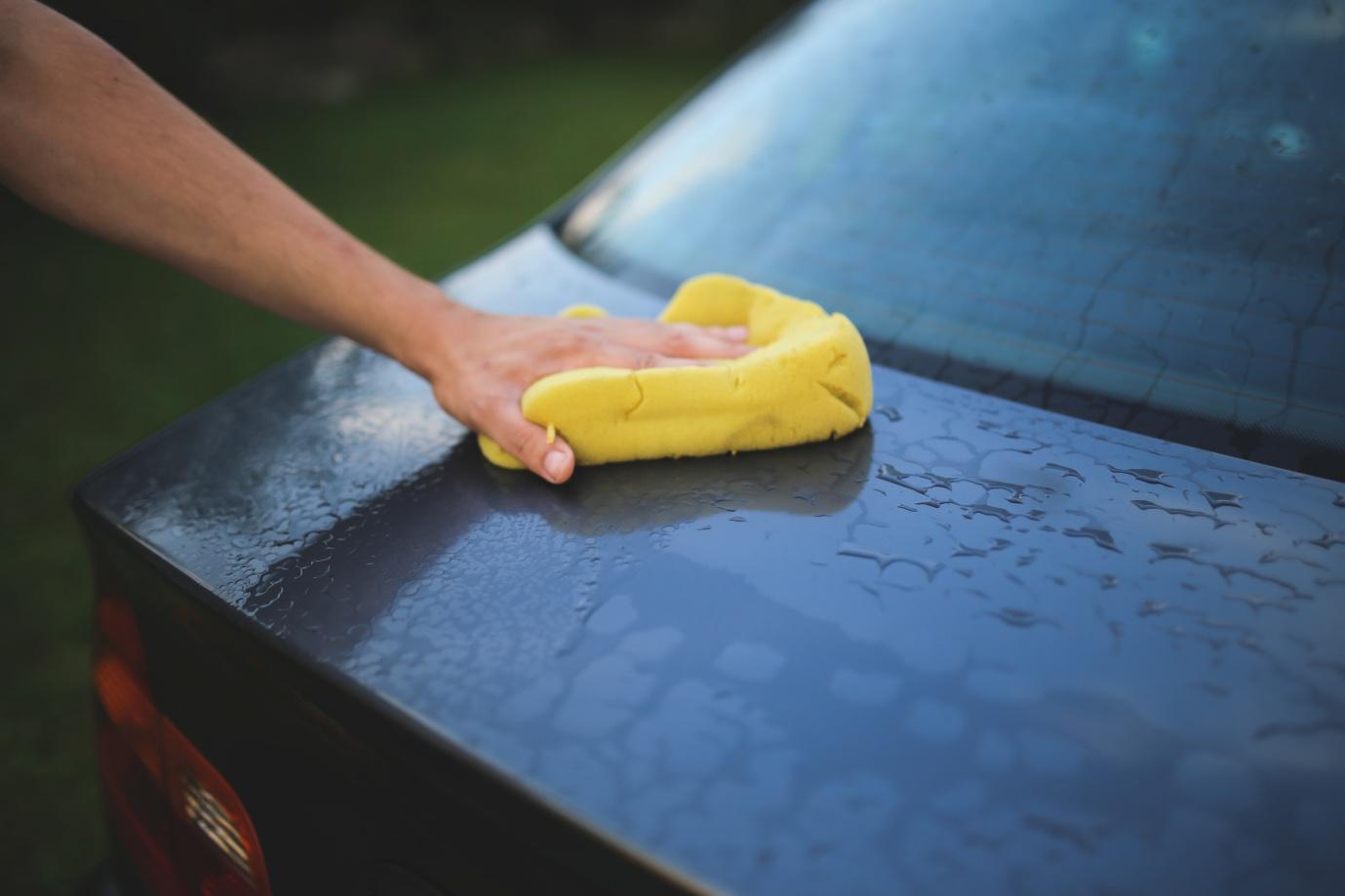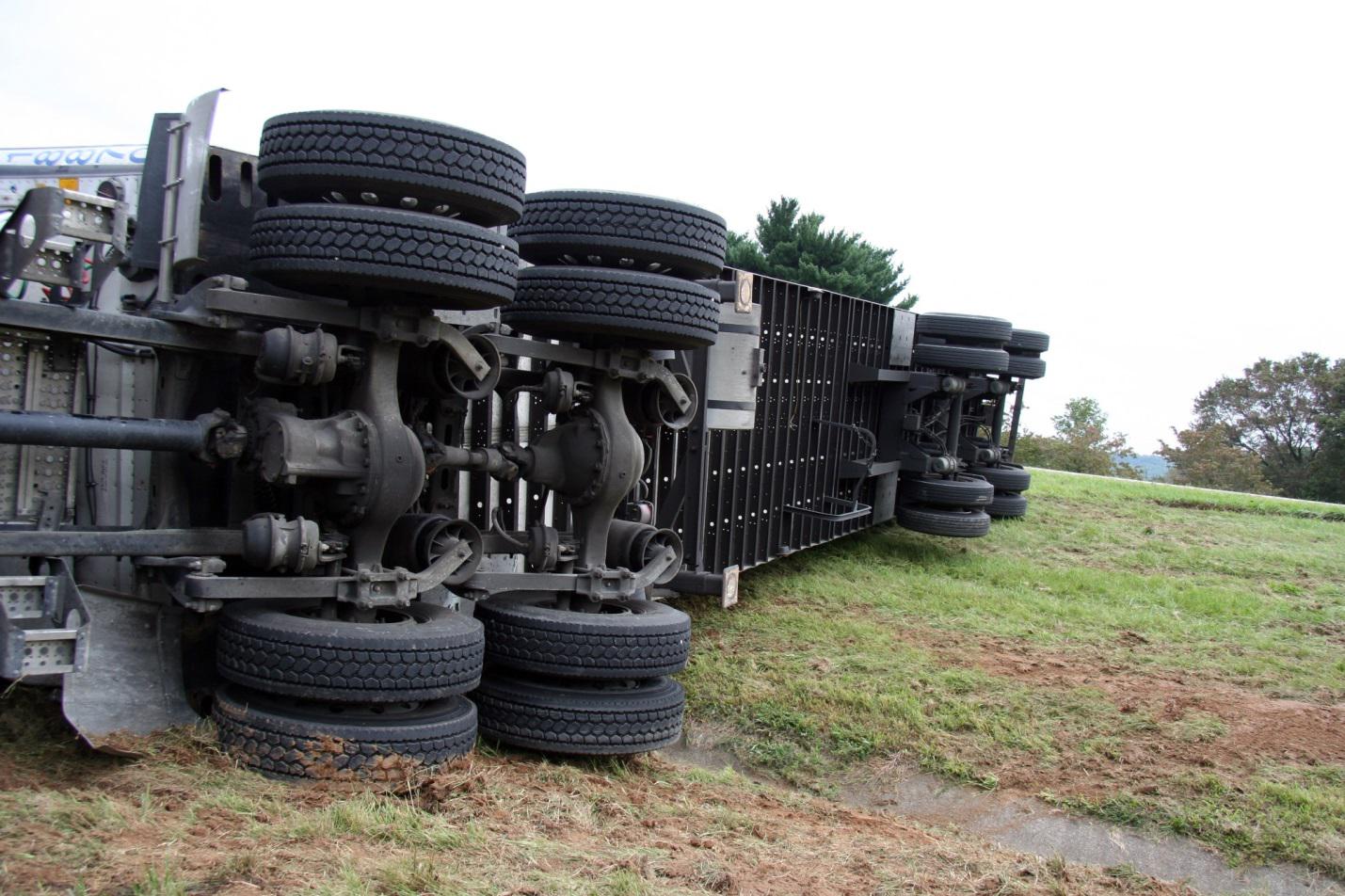
Are your car insurance payments pushing you over the edge? Who knew car ownership could be so expensive?
Car insurance can be pricey to begin with, but it’s especially troublesome for a few select groups. But if you seem like you’re paying too much, don’t worry. There are a few things you can do to lower your car insurance bill.
Here’s what you need to do to lower your car insurance:
- Shop around
This advice may seem obvious because you hear it from car insurance companies all the time. But it bears repeating. If your rates are high with one provider, think about shop around. If you have a good driving history, you’ll probably find a lower rate somewhere else. Get in the habit of shopping around every few years because insurance companies often raise their rates, and a good deal today might be a bad deal tomorrow.
- Take a defensive driving course
If you have a less-than-stellar driving history, you may be able to get points removed from your license by taking a defensive driving course.
Research courses in your area and be sure to take a course that’s approved by the Department of Motor Vehicles, so you can get credit for the course and lower your rates.
- Consider higher deductibles
If you’ve driven for a decade without incident, you may be throwing money out the window with low deductibles. Generally speaking, the lower deductible, the higher your monthly payment.
And if you add up all that money over a coverage period without incident, you’re really overpaying.
Just be sure you have a healthy emergency fund before you start raising deductibles. You could go into serious debt if you damage someone else’s property and cannot afford the deductible. Remember that the insurance company is only responsible for paying above your deductible, so if you can’t pay, they won’t either.
- Reduce coverage
Again, this a great tip if you have a long track record of safe driving. You may not need as much coverage as you think. Talk to your insurance agent about reducing coverage to reduce your rate.
This can be temporary or more permanent. But this is another case where you want to think about the “what ifs” in terms of your financial situation. You don’t want to risk financial ruin later to save a few bucks today.
- Improve your credit score
Your car insurance rate is based on more than just your driving history. It’s also based on your credit score. If you have a very low credit score, your insurance rates will inevitably be higher.
It can take months or years to improve your credit, but once you do, ask your insurance company to re-evaluate your rates. If your credit has significantly improved but your rates don’t, that’s a sure sign that you need to shop around. Target a score of 650 or higher to get the best rates.
Here are some quick tips to improve your credit score within 6 months:
- Pay off at least 70% of your credit card balances
- Pay all your bills on time
- Request (and receive) a credit limit increase on one of your cards
- Avoid closing any credit accounts
- Consider a different vehicle
Did you know that some vehicles are more expensive to insure than others? If your car insurance is high, you may be driving one of those vehicles. For example, a Mazda CX-9 may cost less to insure than a Nissan Rouge.
Before you do anything, check this list to see how your vehicle stacks up in terms of cost to insure. And if you decide you may be able to save money with a different vehicle, start shopping around.
Narrow your search to three vehicles that get high safety ratings and call your insurance agent again. He or she can check rates for the exact make and model of each to help you make your decision.
- Avoid a coverage lapse
Even if you have great credit and an exceptional driving history, a coverage lapse can make you appear like a risk to any insurer. This will cause them to pad your premium, so you’ll pay more for insurance with any provider. Make sure you pay that bill on time. And if you’ve had a lapse, ask them to reconsider your rate after 6 months.
No one likes paying car insurance, but if your rates are exorbitant, there are a number of things you can do to get them back down. Follow these tips and start saving money right away.









